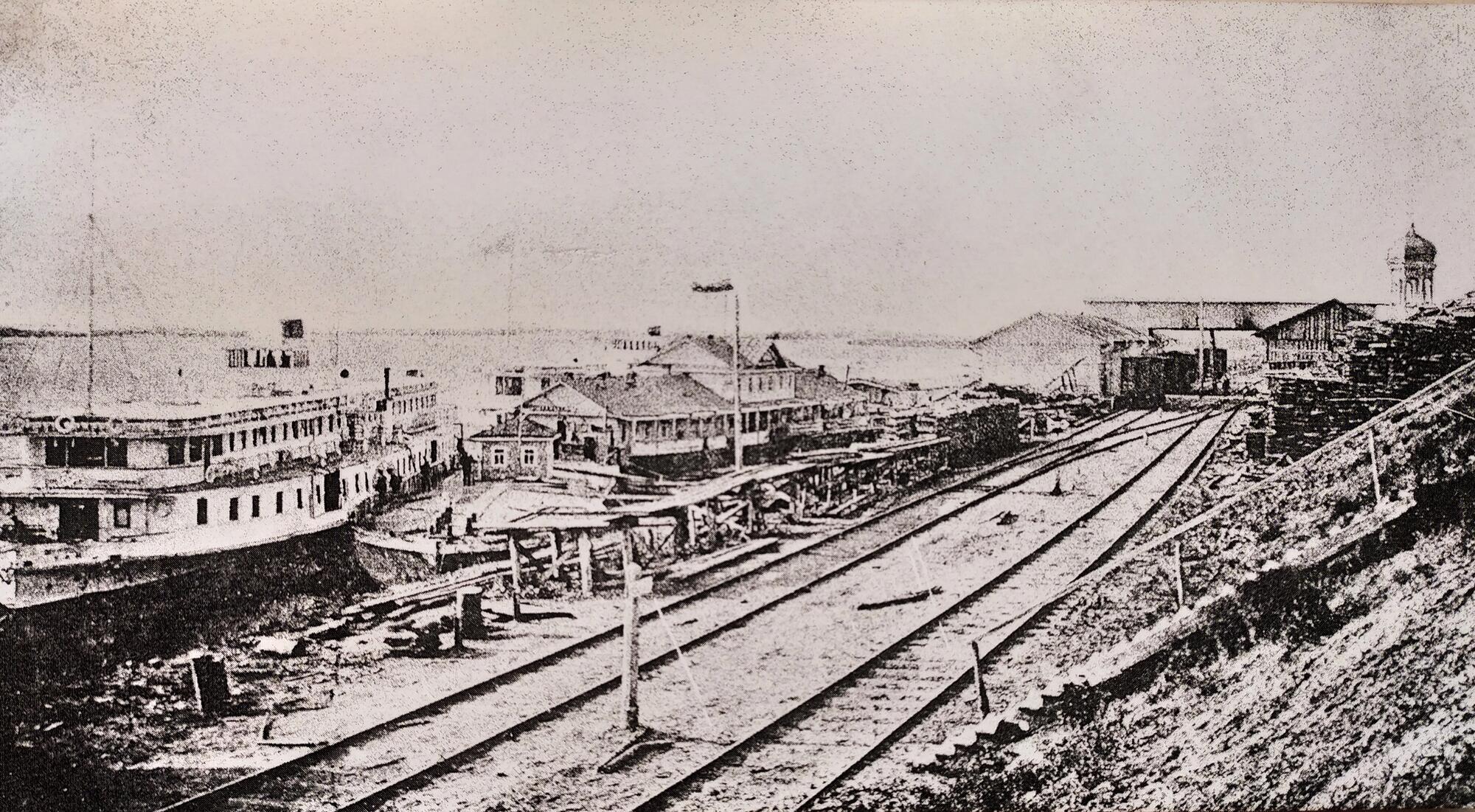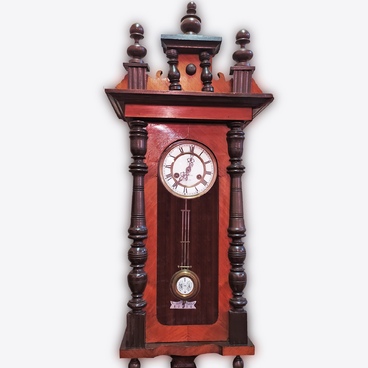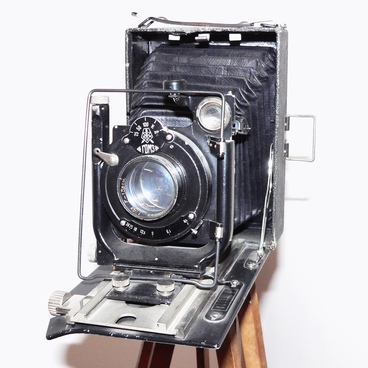‘Station Kótlas. Pier. 1916 ” is a photograph from the collection of the Kótlas Museum. With the development of local trade and the domestic market becoming larger, steamships began to deliver goods. At the end of the 19th century, a river steam fleet also developed on the northern waterways.
The favorable geographical location of Kótlas was not advantageous until the end of the 19th century. There were no land routes, nor were there large-scale industry or railways, so the natural resources of the North were not explored or used. This large and prosperous region continued to trade in resin, tar, timber, felt products and similar goods, and production practically did not develop.
Steam ships on the Northern Dvína River were launched by the middle of the 19th century. In 1858, merchant Philip Bulychóv, his son Afanasy Bulychóv and commerce advisor Ilya Gribánov founded the Joint-Stock Severo-Dvinskoe Shipping Company. The shareholders purchased two ships in Belgium, assembled them in Arkhangelsk, and launched them, giving them the names “Dvína” and “Yug”. This type of steamer was called a wheeled vessel, but referred to by the people as “the stove ship”, since the steamer moved with the help of a wheel, and firewood served as fuel. The founders of the steamship company made their first test voyage up the Northern Dvína, which was an important event for the region.
In 1859, a permanent route was established between Arkhangelsk and Velíky Ústyug. The whole journey from the starting point to the final point inclusive of all stops took 10-11 days. During the entire navigation, each steamer made up to 11 voyages. The board of the Joint Stock Sévero-Dvínsky Shipping Company was initially located in Velíky Ústyug.
The shipping company included two steamers and 18 barges. From the very first voyages, the members of the joint-stock company began to receive large profits — often there were more passengers than seats. For third class, a reduced fare for sailing was established, but in this case the passenger had to help the crew during the voyage with menial labor - for example, the loading of firewood.
By the end of the 19th century, the amount of cargo, ships and passengers increased even more, and steamship income continued to grow. With the construction of the Perm to Kótlas railway, river transport began to develop especially rapidly, since Kótlas became a transshipment base for export cargo from Siberia, from which bread, butter, flax, and furs were transported.
The favorable geographical location of Kótlas was not advantageous until the end of the 19th century. There were no land routes, nor were there large-scale industry or railways, so the natural resources of the North were not explored or used. This large and prosperous region continued to trade in resin, tar, timber, felt products and similar goods, and production practically did not develop.
Steam ships on the Northern Dvína River were launched by the middle of the 19th century. In 1858, merchant Philip Bulychóv, his son Afanasy Bulychóv and commerce advisor Ilya Gribánov founded the Joint-Stock Severo-Dvinskoe Shipping Company. The shareholders purchased two ships in Belgium, assembled them in Arkhangelsk, and launched them, giving them the names “Dvína” and “Yug”. This type of steamer was called a wheeled vessel, but referred to by the people as “the stove ship”, since the steamer moved with the help of a wheel, and firewood served as fuel. The founders of the steamship company made their first test voyage up the Northern Dvína, which was an important event for the region.
In 1859, a permanent route was established between Arkhangelsk and Velíky Ústyug. The whole journey from the starting point to the final point inclusive of all stops took 10-11 days. During the entire navigation, each steamer made up to 11 voyages. The board of the Joint Stock Sévero-Dvínsky Shipping Company was initially located in Velíky Ústyug.
The shipping company included two steamers and 18 barges. From the very first voyages, the members of the joint-stock company began to receive large profits — often there were more passengers than seats. For third class, a reduced fare for sailing was established, but in this case the passenger had to help the crew during the voyage with menial labor - for example, the loading of firewood.
By the end of the 19th century, the amount of cargo, ships and passengers increased even more, and steamship income continued to grow. With the construction of the Perm to Kótlas railway, river transport began to develop especially rapidly, since Kótlas became a transshipment base for export cargo from Siberia, from which bread, butter, flax, and furs were transported.



